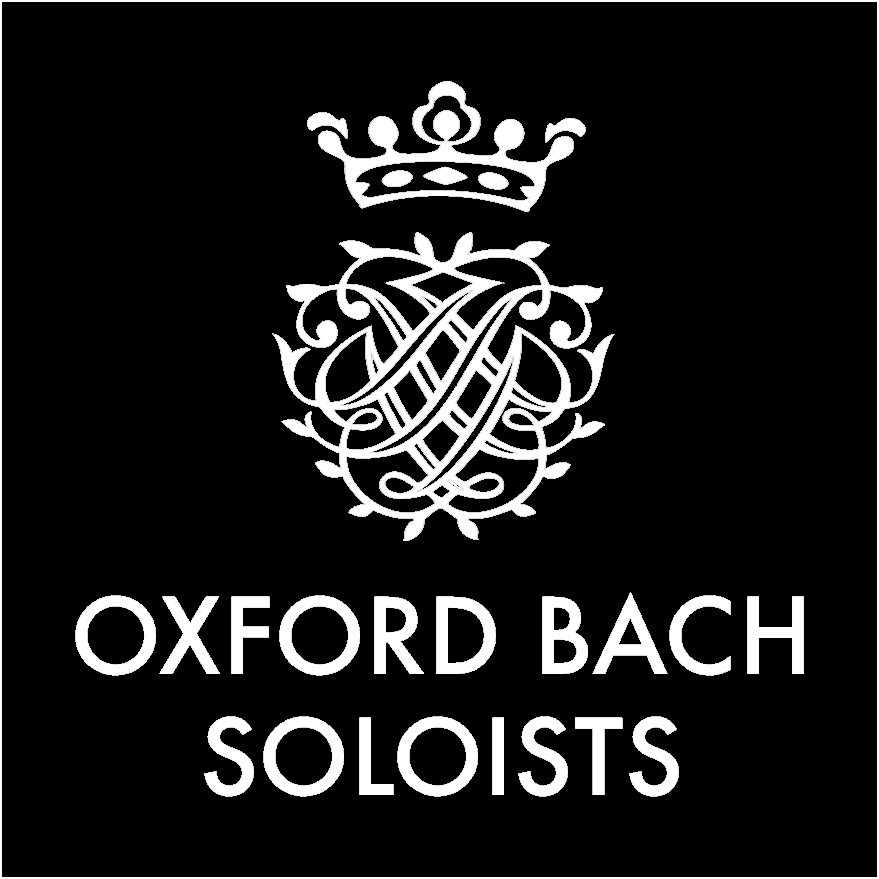The Oxford Bach Soloists pride themselves on presenting authentic performances of Bach Cantatas – but what does this actually mean? Nicholas Keyworth finds out more from director Tom Hammond Davies.
What is the attraction of performing on authentic instruments?
The instruments played in Bach’s time have evolved significantly for the modern orchestra. It would be a mistake to regard this evolution as a simple progression towards perfection. Aesthetic values, changing tastes and different musical demands play an important role in the process.
The increasingly public nature of music, for example, created the need for more power and volume, increasing use of chromaticism engendered safer, tonally smoother pitch control. As an example, the brightness and directness of the modern metal flute (with its complex system of keys) is much more strident and powerful compared to its mellow ancestor, and a metal-strung modern cello may seem thick and heavy compared with a light, ringing Baroque viol.
So, performing on original or replica 18th century instruments strives to get ever closer to the sounds and balances that Bach would have known.

Modern and Baroque flutes
On what do you base your evidence as to what ‘authentic’ actually means?
The strict dictionary definition of ‘authentic’, with its connotations of ‘genuine’ and ‘original’, sits uneasily as it is in fact very far removed from the reality of our performances. The evidence available to us regarding the nature of performance in a given historical period is often patchy and contradictory, and in consequence, many aspects of our performances inevitably rely on intuition and so can never be verified empirically as ‘authentic’. The difficulties in realising this ideal have caused many scholars and performers to reject the term in favour of ‘historically informed’, ‘historically aware’, or ‘period’ performance.
And how does this thinking regarding instrumental music inform vocal performances?
The international standardisation of pitch (a’ = 440 Hz) was achieved only in relatively recent times. Early values of pitch have been estimated from old tuning-forks, organs, and other wind instruments. The 18th century was, on the whole, one of the more stable periods of pitch standard. Most of Bach’s music was performed at the German Cammerton (‘concert pitch’) about a quarter tone below present day pitch.
Today, when we play on original or replica 18th century instruments, a pitch of a semitone below modern pitch (‘historical pitch’ or ‘Baroque pitch’) has been widely adopted. A higher or lower pitch colours music quite differently, and it is in vocal music that the matter is most crucial. In the music of Bach, problems of stamina for singers arise when the pitch is raised excessively. Performing on original or replica instruments gives a practical solution to this challenge, as well as an aesthetic difference. The other element of vocal performance that has been re-evaluated in the interest of ‘authenticity’ is to do with the forces involved. At Leipzig, Bach’s fullest orchestra was just over 20 strong and his optimum choir numbered between 12 and 16, and this is the model on which we base our performances with the Oxford Bach Soloists.

To what extent does working with authentic instruments help or hinder the performance of the music?
If we take brass instruments as an example, the baroque instruments relied on the harmonic series to achieve their aims. This system is difficult to master, limited, and often requires a surgeon’s bag of ‘crooks’ to change the instrument’s home key. The adoption of valves for brass instruments from the 1820s onwards solved much of these problems, but through these engineering improvements, some of the original colours have been lost.
The ‘natural’ trumpet has no valves, slides or other aids so the instrument’s inherent bright, ringing sound can achieve a performance that is rustic, or bellicose, or even something utterly celestial, sounding more like an oboe (c.f. Handel’s ‘Eternal source of light divine’). Split notes are an occupational hazard, but I think that it’s precisely this ‘funambulism’ (tightrope walking), which make these early instruments such an impressive thing to experience.

Baroque trumpet and modern trumpet
Does ‘authentic’ enhance or limit the audience experience?
In tracing Bach’s life through his vocal works, the Oxford Bach Soloists exists to educate and transform people’s lives. It strives to kindle the curiosities of its audiences by transporting them back to the 18th century as much as possible (though, we’re still yet to source the wigs and corsets!). In the same way that the National Trust furnishes and restores its heritage properties, we adopt the use of ‘original’ or replica instruments, perform at a practical pitch, and in a way which I believe to be ‘historically informed’. At the same time, it engages in ongoing contemporary research, and in the education of the future generations. Thus, the past and the present diverge in a lively way for our performers and our audience.
Experience the authentic instruments and voices of the baroque when Tom Hammond Davies directs the Oxford Bach Soloists in ‘Wake up to Bach’ on 20 November at New College, Oxford.


